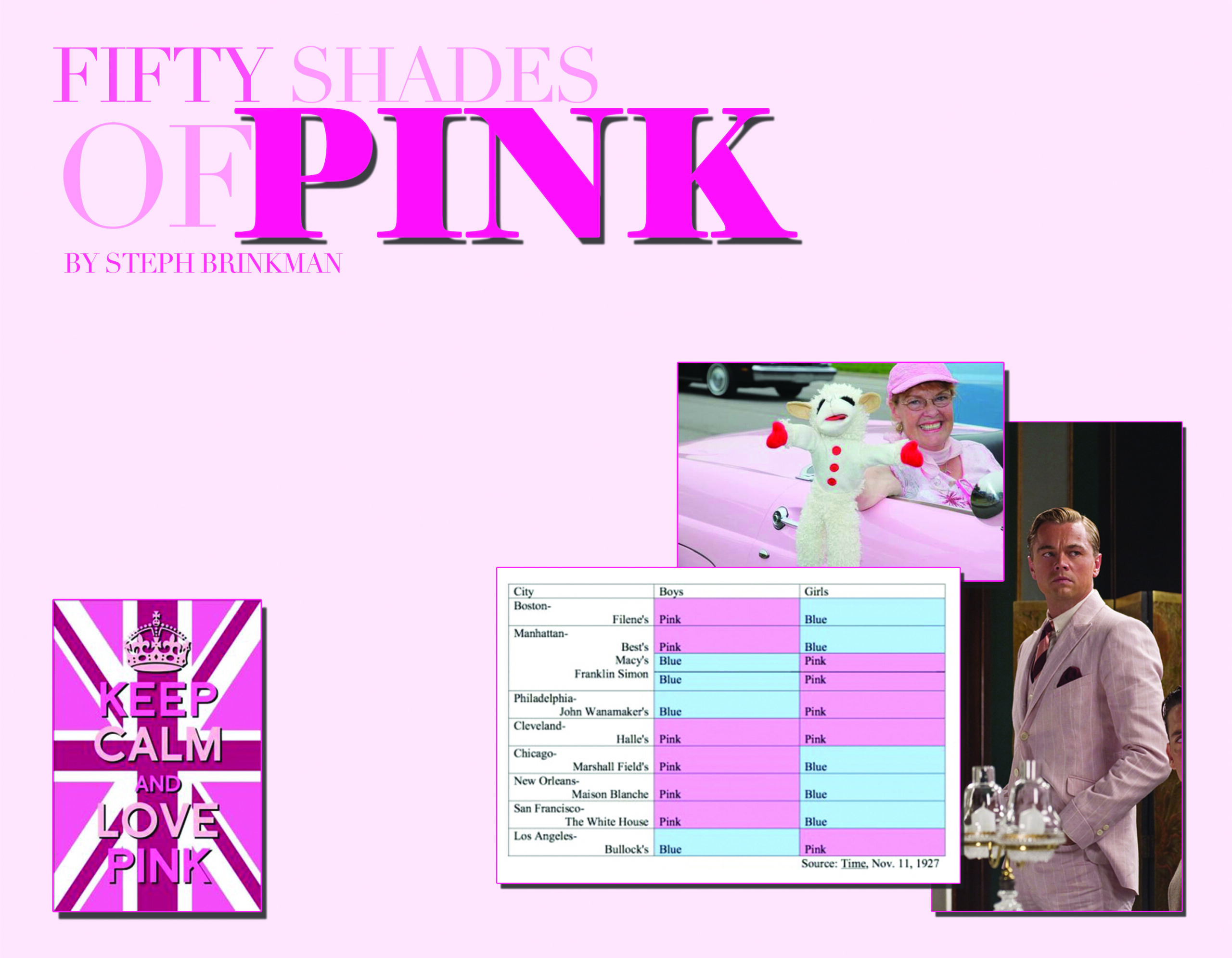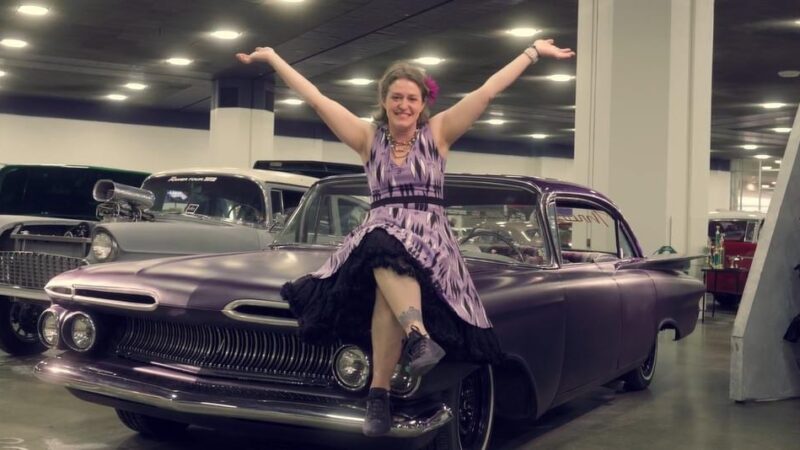50 Shades of Pink

By Steph Brinkman
Pink. It’s a color of controversy. Boys shouldn’t wear it. Only girly girls wear it-and unless you are a stripper named Candy, typically pink just isn’t cool. Or, pink means breast cancer. You see a pink flyer? You automatically think of breast cancer. Pink charm on a bracelet? Breast Cancer. Pink car? You either have, or have had, or are creating awareness for breast cancer. Or, you sell a LOT of Mary Kay! A few people have even branded ‘Pink’. There’s the ‘rockstar’ Pink, who is about as far away from the cultural view of pink that you can get. And of course, there is that well-known lingerie store that has trademarked the ‘Pink” name for a line of their hip lingerie line. And ironically, much of their pink line is in every color BUT pink. So, what’s with pink? When did pink become more than a color? And why do we have such strong emotions to this color? Historical evidence suggests that up through the 1920s, pink was not considered ‘feminine’. In fact, even the Great Gatsby wore a pink suit, which was mentioned a few times in the novel. Once by womanizer Buchanan implying that Gatsby was not in the upper class (implying pink was a working man’s color), and again by Nick when remembering his friends ‘bright spot of color’. In fact, pink silk and florals were commonplace to find on premium men’s suits in the era. As an interesting bit of research has revealed, much of the current mind frame appears to be a result of one of the best marketing plans ever. In 1927, a few heavy-hitting retailers printed a charting highlighting the gender-specific colors of blue for boys, and pink for girls as appropriate in Time Magazine. Why? Because the public would have to buy the proper ‘gender appropriate’ wardrobe for the children, which equaled a very large amount of revenue. Fast forward to the 40s and 50s and this suggestion had become ingrained as a rule. Women in the 60s and 70s began strongly rejecting pink-on the basis of women’s liberation and began to strongly push aside gender-specific colors. They virtually refused to wear any pink-to the extent that Sears didn’t use any pink in their girl’s catalog for a few years. However, pink actually has a lot of value! It can be used to invoke emotion. It can be LOUD to invoke passion, as pink is, after all, a direct derivative of the highly passionate red. A softer pink invoke love and romance. Different shades can be used to convey softness and feminism, other shades can invoke masculinity. And some shades convey strong sexuality. One of my favorite movie scenes comes from Gone in 60 Seconds, (The Nicholas Cage and Angelina Jolie version) when Sway (Jolie) and Memphis (Cage) are stealing “Shannon” a 1971Plymouth Hemi ‘Cuda. After the boost, Sway comments, “It had to be a girl’s car.” Memphis-” What kind of girl drives a Hemi Cuda?” She answers, “I’ll show you” and applies bright pink lipstick. “Matches the car.”
“What’s next? Blush? Mascara?” asks Memphis.
“Next time, I’ll pull out the… uh.. Leather, high heels and pink underwear.” “Pink underwear works! Pink underwear works.” So what kind of Gal drives a hot pink Hemi ‘Cuda? When I think of that Gal, I think of an extremely confident Gal, one who likes attention. After all, who wouldn’t notice a hot pink ‘Cuda? Whether you are a self-proclaimed girly girl cruising around in a pink ‘55 Thunderbird, or a hardcore racer smoking the competition in a fuschia funny car, own it! Further, if you are a guy that is self-conscious when it comes to wearing pink-know this: I find that someone who is confident in their own skin and can wear pink (or whatever else they want) is sexy as hell. Wear what you want, for whatever reason you want. And remember, pink really is just a color





